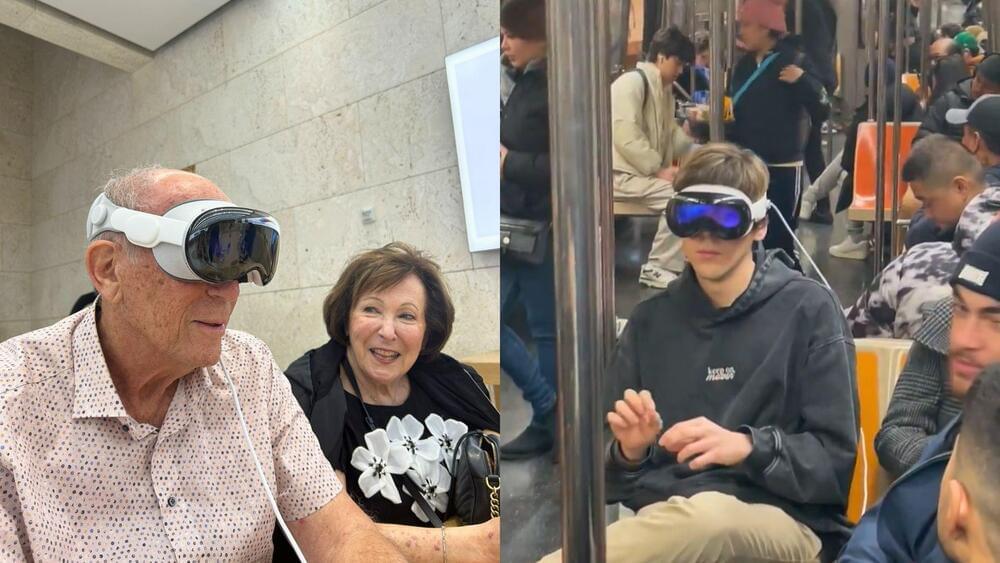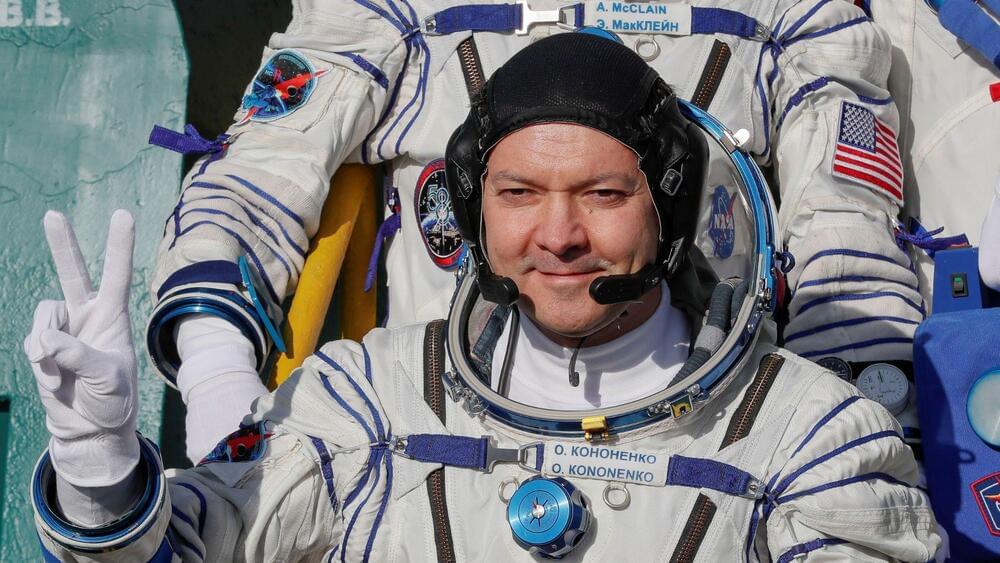According to Russian media reports, Russian cosmonaut Oleg Kononenko is set to make history on Sunday as he will surpass the world record for the longest cumulative time spent in space.
Kononenko, who is currently on his fifth space mission, will clock a total of 878 days, 11 hours, 29 minutes, and 49 seconds in orbit by 11:30:08 Moscow time (0830:08 GMT), breaking the previous record held by his fellow countryman Gennady Padalka, who retired in 2017.
The 59-year-old Kononenko, also the commander of the Roscosmos cosmonaut corps, will extend his record until September 23, when he is scheduled to return to Earth after completing his current expedition. By then, he will have spent 1,110 days in space, equivalent to nearly 2 1/2 years.





